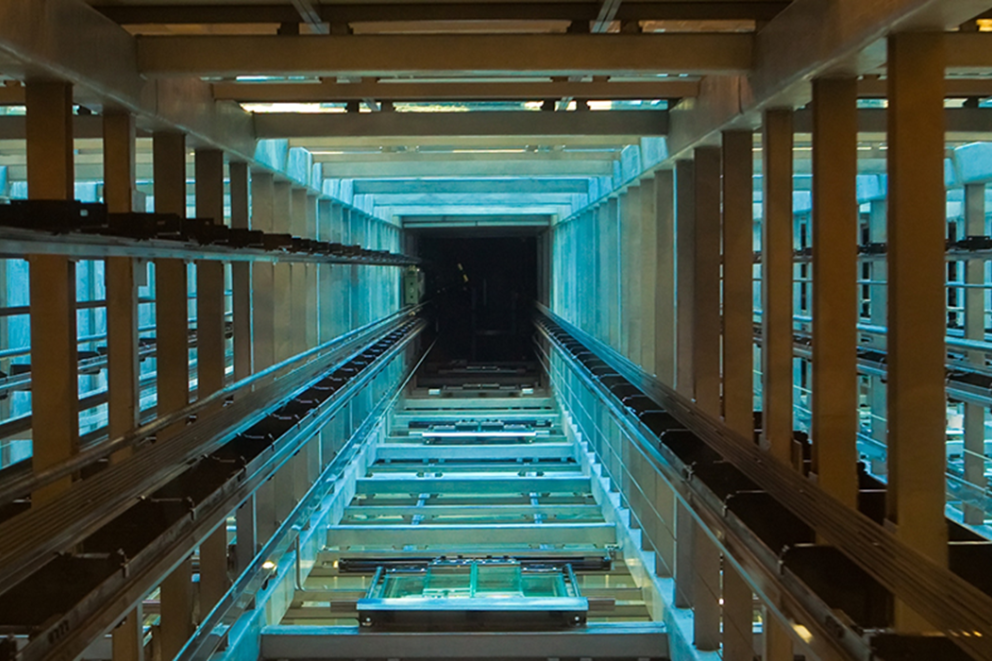Changes to Rules for Older Elevators
In February 2010, the Iowa Elevator Safety Board (Board) began studying the American Society of Mechanical Engineers (ASME) A17.3 code that requires older elevators be upgraded to a higher level of safety. After 5 years of study the Board adopted a modified version of the A17.3 code. The enforcement date for the new requirements is May 1, 2021.
What are the major upgrades that will be required?
Are there parts of A17.3 that Iowa did not adopt?
New controllers are a significant cost, so the Board did not adopt 2 provisions that would require a new controller: emergency response and car top operation. The Board required car top lights and outlets as set forth in A17.1 (2013) instead of the car top operation requirements of A17.3. The Board allowed 60-inch chains as counterweight guards and guide rails made of material other than steel if they were legal at the time of installation. The Board also exempted certain older hydraulic elevators from the requirement for a car top emergency exit.
What if my elevator is new?
Most elevators that are less than 20 years old will not be affected by the adoption of A17.3. As a general rule, the only elevators that will need upgrades were installed before 1975.
What if my elevator has been modernized?
Typical elevator modernizations include many of the upgrades required by A17.3.
What is the A17.3 code?
The A17.3 code was written by the ASME specifically for older elevators.
Why would Iowa adopt a code written by ASME?
The Board is specifically authorized by Iowa Code Chapter 89A to adopt A17.3. The first edition of the A17.3 code was published in 1986 and about half the states enforce it. Elevators, escalators, boilers and pressure vessels in Iowa and many other states are governed by ASME codes adopted by reference.
How long will I have to comply with the requirements?
Owners have until May 1, 2020, to comply with the modified version of A17.3.
Are there any advantages to the upgrades required by A17.3?
- Enhanced safety for elevator inspectors and elevator mechanics
- Reduced risk of property damage from vandalism
- Easier operation by people with disabilities
- Emergency communication for people in the elevator
- Reduced risk of people falling down the hoistway
- Safer extraction of people trapped in the car
- Reduced risk of overloading the elevator car
- Reduced risk of a crime against a passenger in the car
- Reduced risk of injury due to crushing
- Reduced risk of catastrophic failure of manually-operated elevators
- Prevent the accumulation of sewer gas in an elevator pit and hoistway
What work will be required on my elevator?
The work that needs to be done depends on factors specific to each elevator such as the original model, installation details, upgrades, and maintenance. During 2013 most older elevators were surveyed by elevator inspectors. A copy of each survey was left at the building.
How much will I have to spend?
Obtaining estimates from 2 or more elevator companies is the best way to determine your cost.
Will the proposed changes affect my escalator?
The A17.3 code also improves the safety of older escalators. However, it is not anticipated that the owner of an escalator will be required to make a significant financial investment as a result of A17.3.
